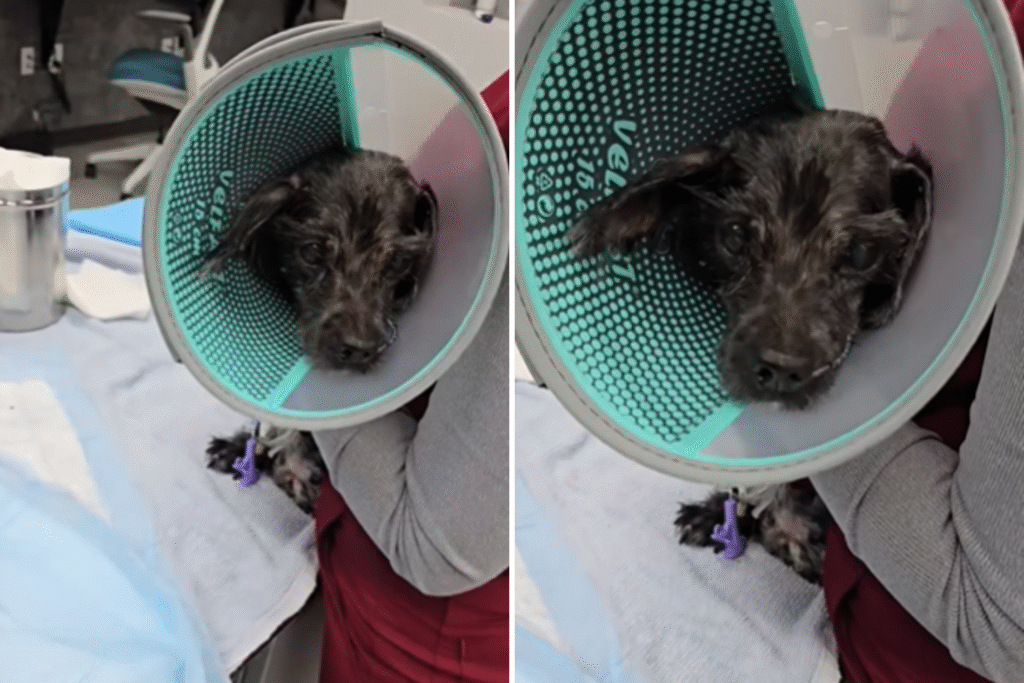When a chilling call came into Fulton County Animal Services describing a “dead dog” in the grass outside an apartment complex, officers braced for the worst. What they found instead was somehow even more disturbing: a living dog, barely clinging to life after what rescuers say was a case of horrific neglect and intentional abuse.
The canine, now named Juno, was found laying motionless in the spot where he had been for three to four days. He was unresponsive, skeletal, and covered in thousands of maggots. Believing it may already be too late, officers rushed him to emergency veterinary care under the guidance of NYC Second Chance Rescue.
“When we heard about his condition, we knew this wasn’t just a stray who lost his way,” Kate McEntee of Second Chance Rescue told Newsweek. “This was a victim—deliberately dumped, left to die slowly and in agony.”
Veterinarians at the animal hospital were unable to determine Juno’s exact age due to the extent of his deterioration, but they estimate he could be as young as 4 or as old as 11.
With no usable veins from dehydration and collapse, a central line was inserted directly into the dog’s neck, and he received a blood transfusion, continuous glucose support, and sedation for deep wound cleaning. He also had pressure sores caused by spending a long time in his own waste.
Incredibly, Juno has defied the odds, and continues to survive. “He was so far gone, he couldn’t even lift his head, let alone eat,” said McEntee. “But he fought.”
Now, after weeks of round-the-clock medical care, Juno has reached a fragile but stable condition. He is able to stand with assistance and recently began eating on his own. The team continues to monitor him for refeeding syndrome—a potentially fatal condition triggered by the reintroduction of food after starvation.
In 2024, approximately 7 million animals entered U.S. shelters and rescues, according to Shelter Animals Count—an increase of nearly 3 percent from 2023. By the end of the year, 103,000 more pets had entered shelters than had exited, contributing to an ongoing capacity crisis in U.S. shelters.
While intakes have decreased, the majority of dog and cat intakes in shelters still come from stray animals, 59 percent in dogs and 62 percent in cats.
As Juno’s recovery continues, staff are beginning to see glimpses of his personality shine through. “Juno is starting to show us who he really is,” McEntee said. “He’s trusting, sweet, and, I think, despite everything, hopeful.”
Juno remains in critical care but is now being prepared for the life he deserves. “Juno is absolutely looking for his happily ever after. When we rescued him, we made him a promise—not only that we’d fight to save his life, but that we’d ensure he never suffers again. He deserves a future full of love, safety, and healing,” McEntee said.
Read the full article here
